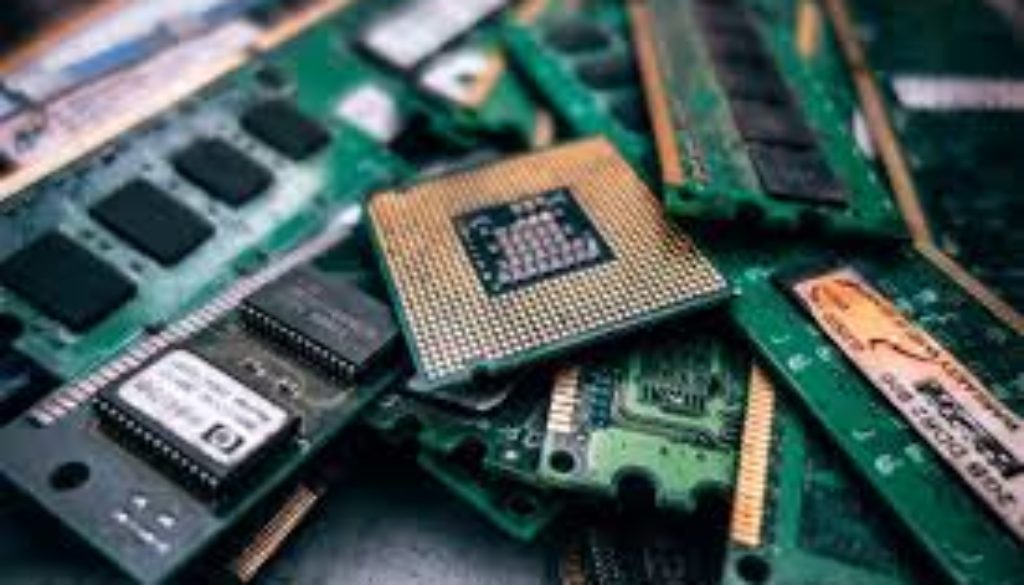5 Hard Facts About Lead In E-Waste
As the e-waste across nations reaches epic proportions, it’s important to examine the relevant threats such proliferation poses for the environment and for adults and children. The following is a brief list of essential facts about lead in e-waste, highlighting potential, and present, dangers.
1. Toxic e-waste substances, lead included, can leach into the soil of local communities.
Leaching has long been a huge problem associated with improper disposal of e-waste. When electronics are tossed into landfills, leaching can join forces with other sources of lead contamination in soil (i.e. pesticide runoff). Such cumulative effects of lead contamination are so intense that the use of sandboxes for play among children (rather than regular soil) and suggests removing shoes before entering the house in order to avoid bringing in lead-ridden dust from outside.
2. Lead in improperly disposed e-waste can also contaminate groundwater.
Lead from industry pollution and pesticide runoff can contaminate groundwater by leaching from contaminated sources. It’s safe to say, considering the amount of lead in e-waste, that it, too, has the potential to build up in soils over time and could create dangerous cumulative effects resulting in lead contaminated groundwater.
3. Nearly all electronics contain some amount of lead.
In 2004, studies revealed that 12 different types of electronics each leached lead into soils at rates that exceed regulations in a study testing the leachate potential of various electronic devices. These included electronics common in most households – computers, keyboard mice, mobile phones, smoke alarms and remote controls. Additionally, cathode ray tubes, found in most computer monitors and televisions, contain large amounts of lead.
The prevalence of lead and other contaminants in electronics and e-waste has sparked a push for electronics manufacturers to ensure their products are not harmful to the environment by taking “cradle to grave” responsibility. In many cases, electronics manufacturers offer recycling for their products when consumers ship them back.
4. E-waste exposed areas are at higher risk for lead contamination, especially among children.
Though studies outlining the exact effects of lead in e-waste may be few and far between, the fact that e-waste does have significant potential to contribute to air, water, and soil contamination is mounting with each finding.
5. Electronics recycling helps improve the effects of e-waste lead contamination through.
When e-waste is properly disposed through safe and effective recycling methods, the chances that hazardous lead levels will affect surrounding communities decreases.

